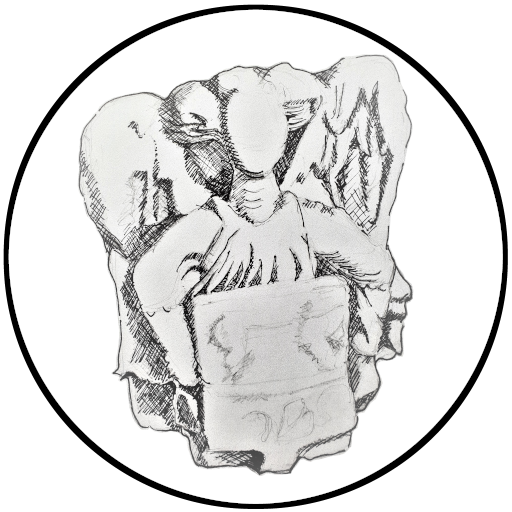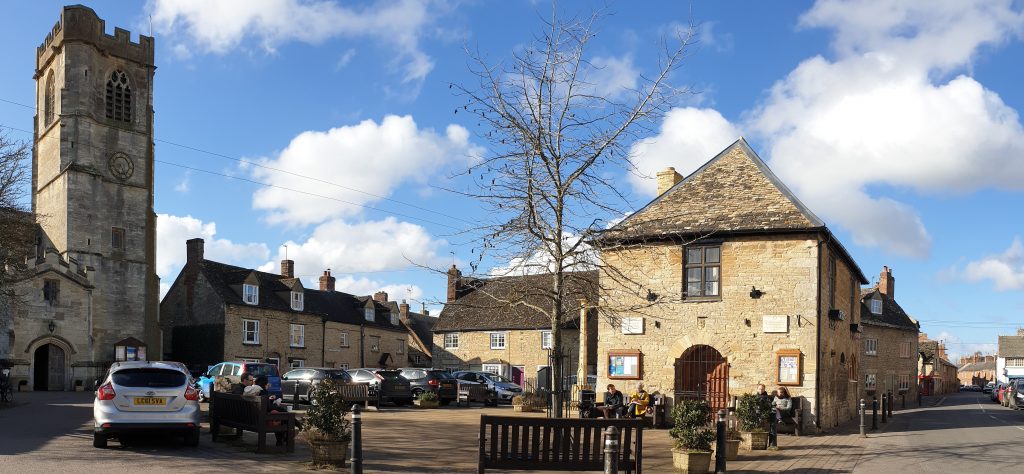
The Bartholomew Room
The Bartholomew Room is itself a building of historic importance dating to about 1700 and, at one time, it served as an open-sided market hall with a school on the first floor. It has been at the centre of village life for many centuries. There has been a market in the Square since the 12th century. The Museum will bring the Bartholomew Room back to life at the heart of the local community.
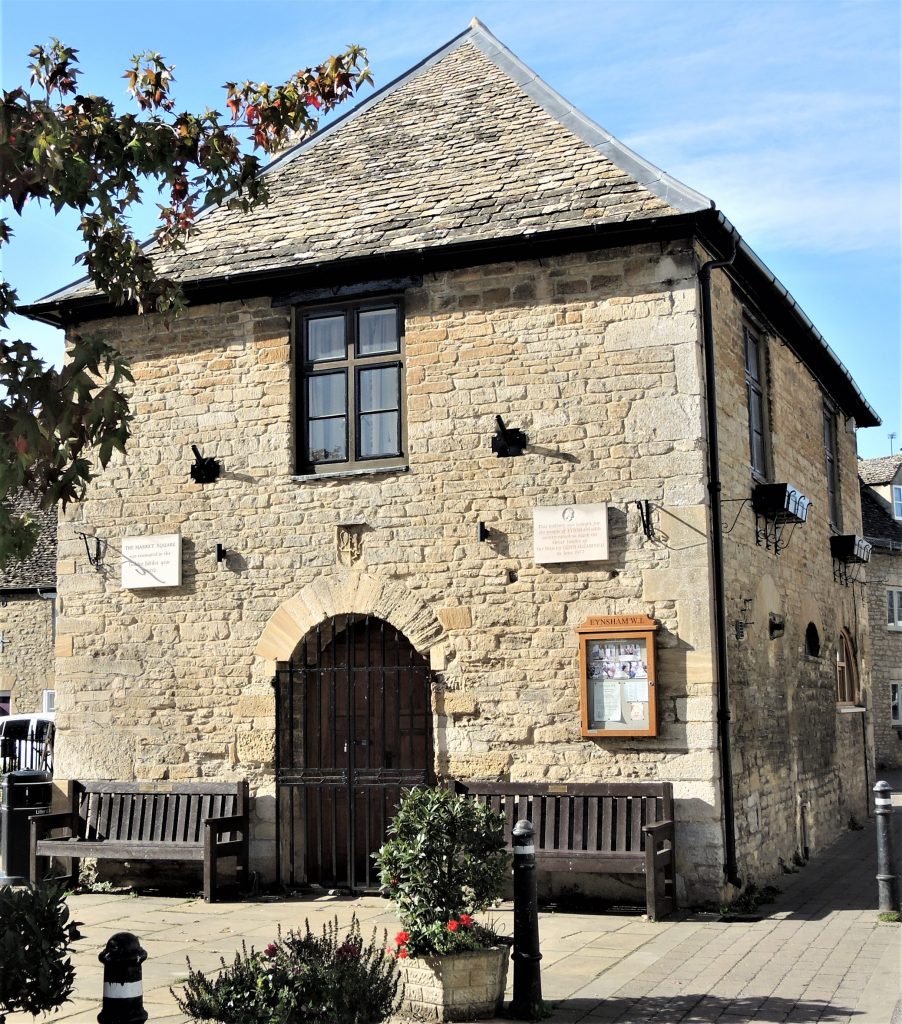

The exhibition spaces and venue hire
The first floor of the Museum will house a permanent exhibition of artefacts from Eynsham’s history, with a particular focus on Eynsham Abbey, alongside some study facilities. The ground floor will stage temporary exhibitions of different aspects of Eynsham’s history, and will also be available to let out to other village groups. For venue hire, please email us at lettings@eynshammuseum.org.uk
________________________________
A brief history of Eynsham
Eynsham has its origins in prehistory, with a Bronze Age – or possibly Neolithic – enclosure being discovered in the centre of the village in the 1990s. There was also a Roman presence here, as evidenced by the significant number of coins found.

Made of copper alloy, it was found in Eynsham in February 1938 and donated to the Eynsham History Group by Major Oakley
However, the village really came to the fore in the late Saxon period. A church – possibly a minster – was in existence by the mid-9th century. This was replaced by a Benedictine monastery, founded in 1005. Eynsham was one of the few religious foundations in England that was in continuous use until the Reformation under King Henry VIII. The first abbot of the monastery was Aelfric, one of the most internationally renowned scholars and teachers of his day. In July 2022, Aelfric was memorialised with a Blue Plaque on the Bartholomew Room.
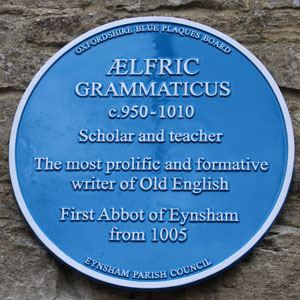
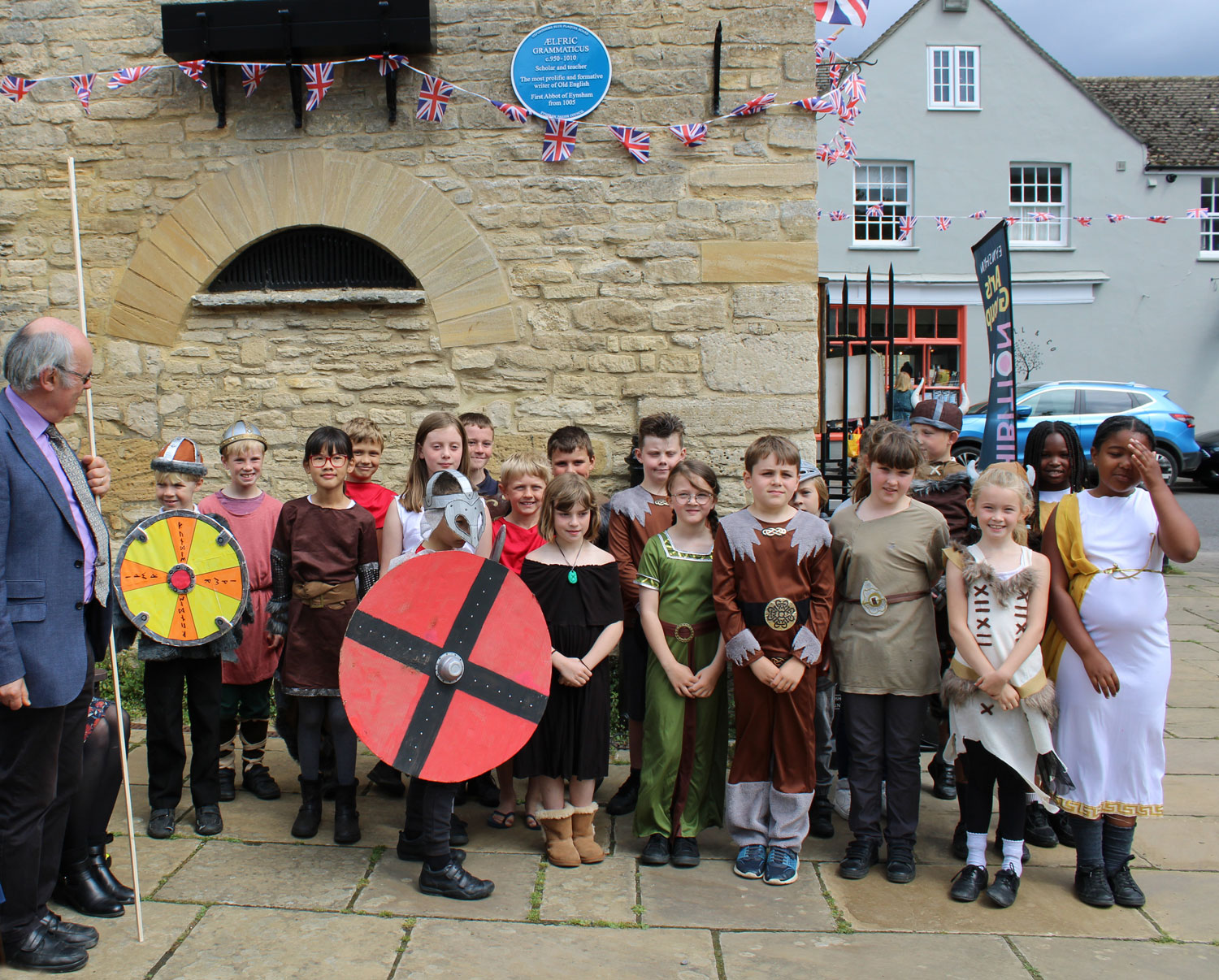
After the Norman Conquest in the 11th century, a much larger abbey was built on the same site as the original monastery. Eynsham was visited frequently by medieval kings and other dignitaries.
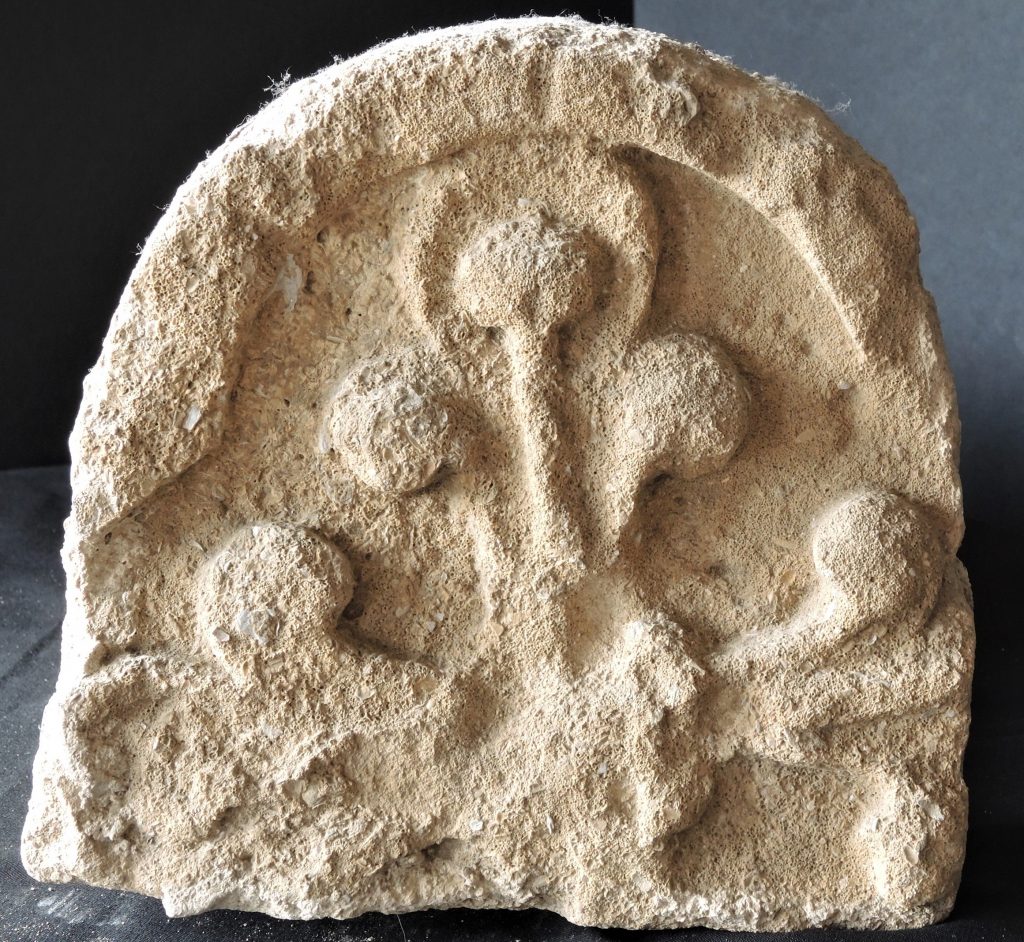
the mid-12th century
In 1186, Hugh of Avalon (who was later made a saint) was appointed Bishop of Lincoln at a royal council at Eynsham. Shortly afterwards, in 1197, the Abbey achieved fame with the manuscript The Vision of the Monk of Eynsham. In the 15th century, it became one of the first books to be produced in England after the arrival of the printing press. The reputation of Eynsham was further enhanced when it acquired an important relic, the arm of St Andrew, in 1240.
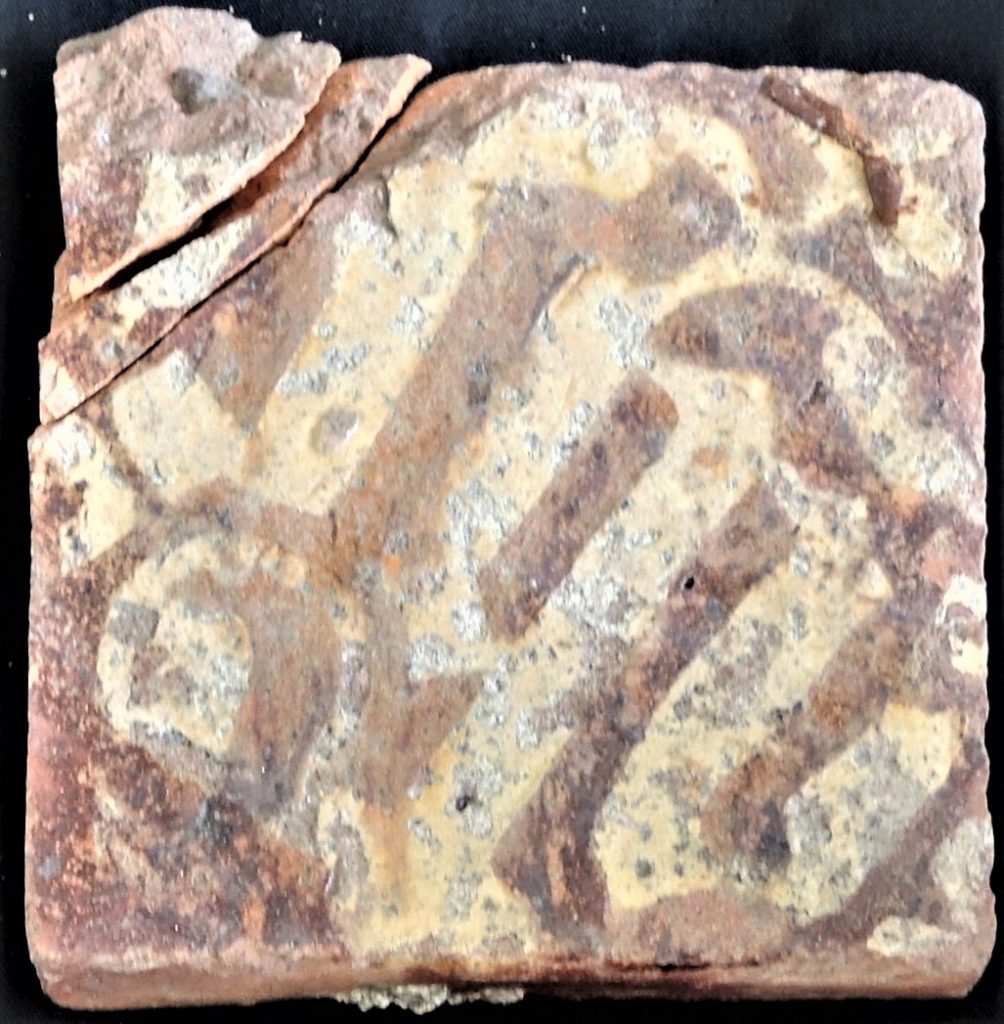
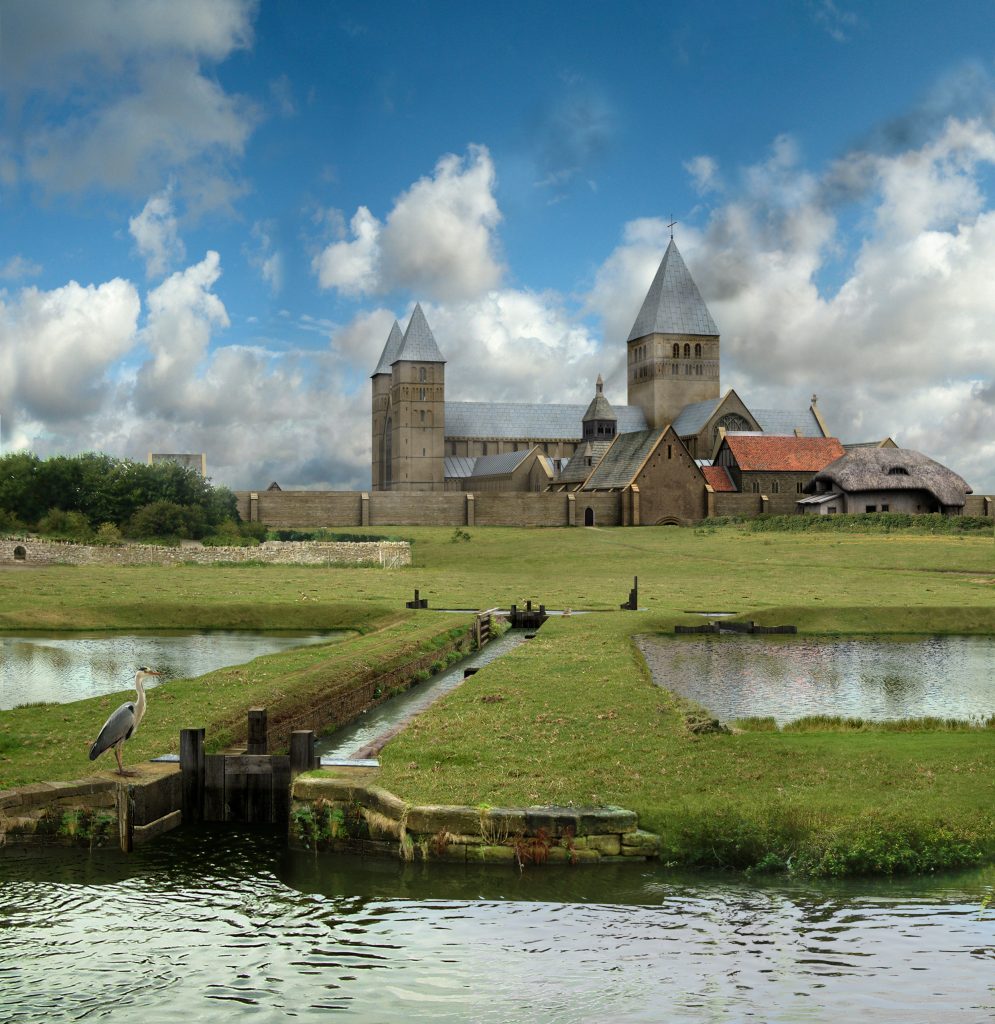
– an imagined view from the Fishponds by Peter Lorimer
In December 1538, Eynsham Abbey surrendered to the Crown, and the bulk of the abbey church, cloister and some associated buildings were demolished. The site was granted to the Earls of Derby but, in the late-17th century, the rest of the abbey buildings were destroyed. Today, nothing remains in situ above ground level at the original site.
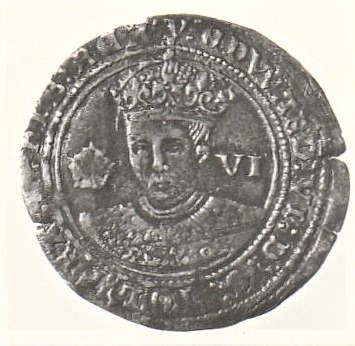
Many houses in the village were constructed of abbey stone, and fragments of this famous building can be found built into walls, in private hands or in museum storage. Some are on display in the Museum.
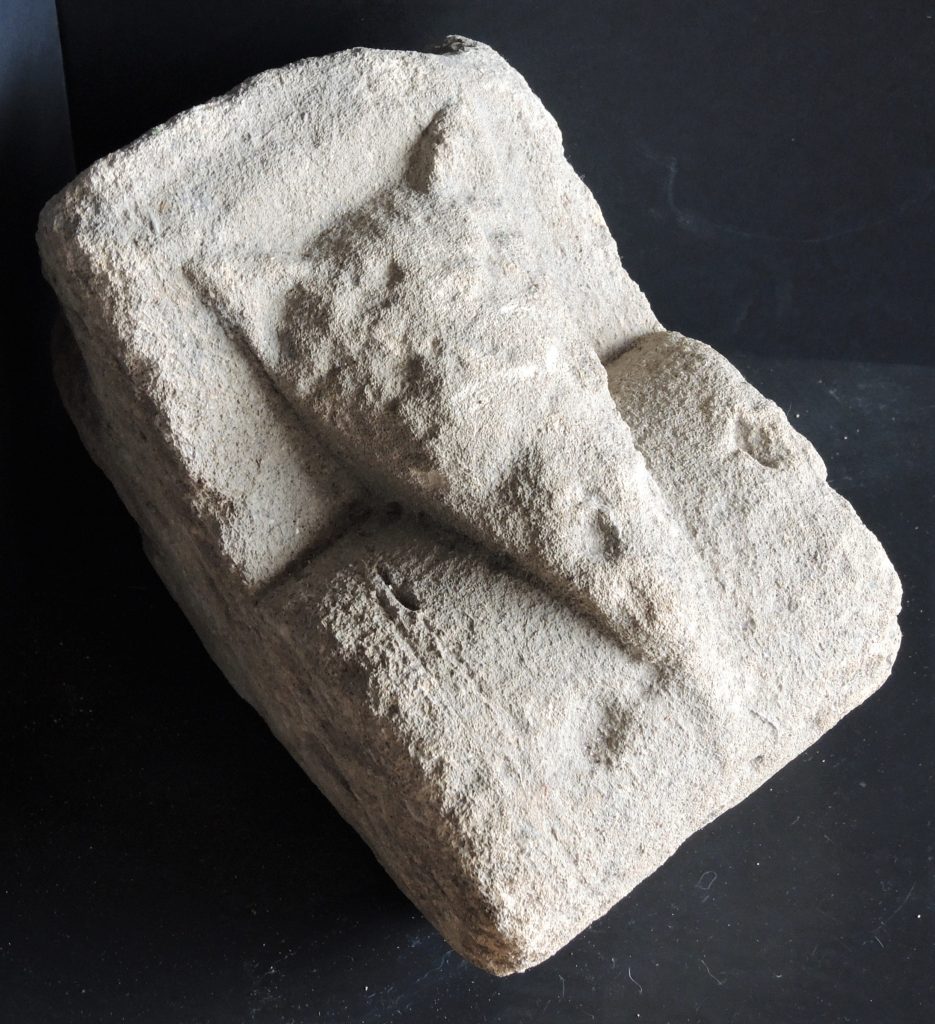
After the destruction of the abbey, Eynsham remained largely agricultural, dominated by a few wealthy farmers. Paper-making, tanning and malting were also important local enterprises.
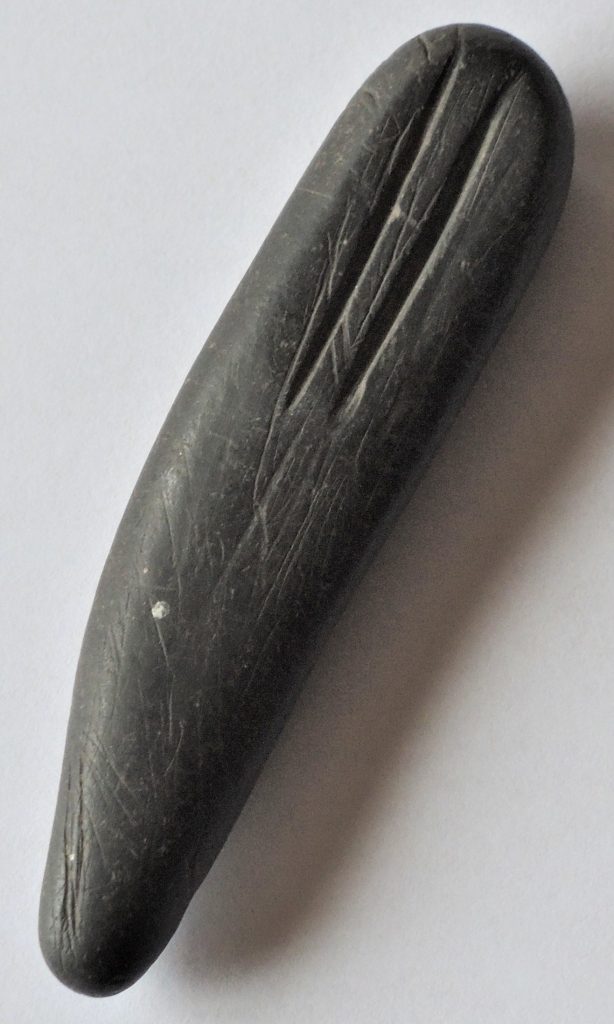
In the 19th century, Eynsham saw considerable expansion and the establishment of several further commercial premises, including a brewery, a mineral water factory, rope-making facilities and retail outlets. Nonconformist chapels and new schools reflected this growth, as did the railway, which came in 1861.
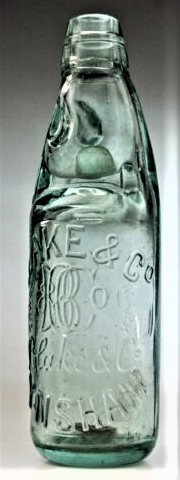
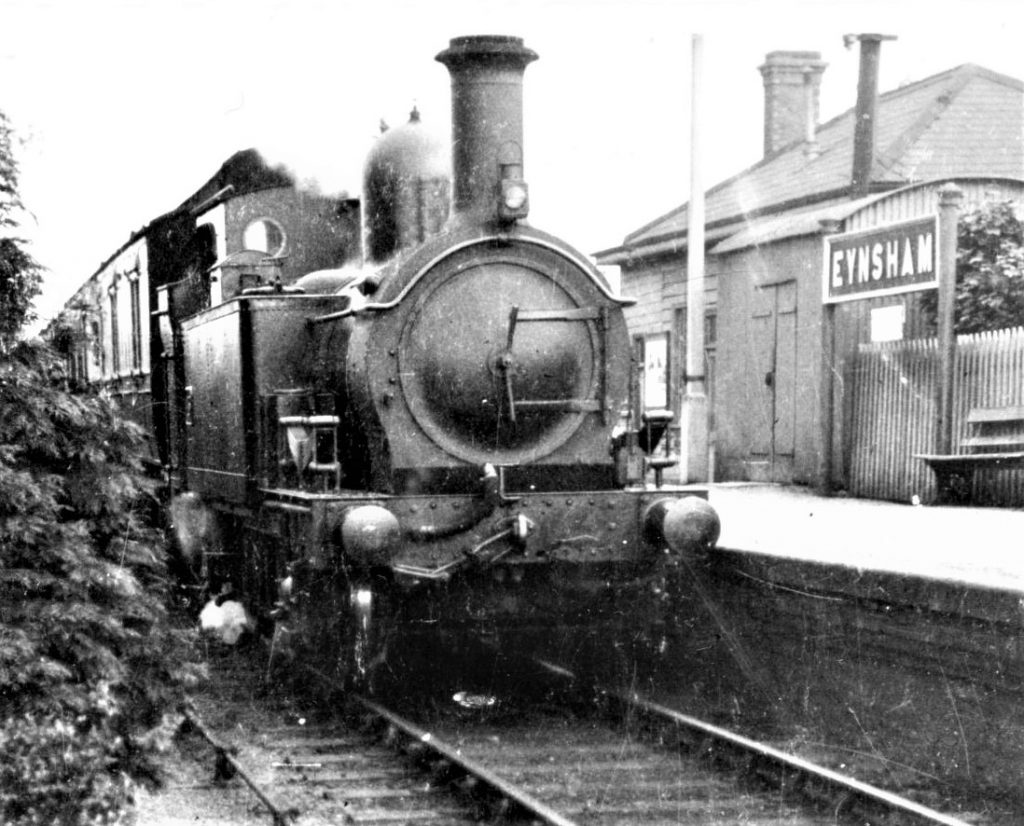
In the 20th century, Eynsham again experienced considerable development, and became a thriving and rapidly expanding community. And, as the Museum comes into fruition in 2023, the village is expected to triple in size over the next 15 years.
